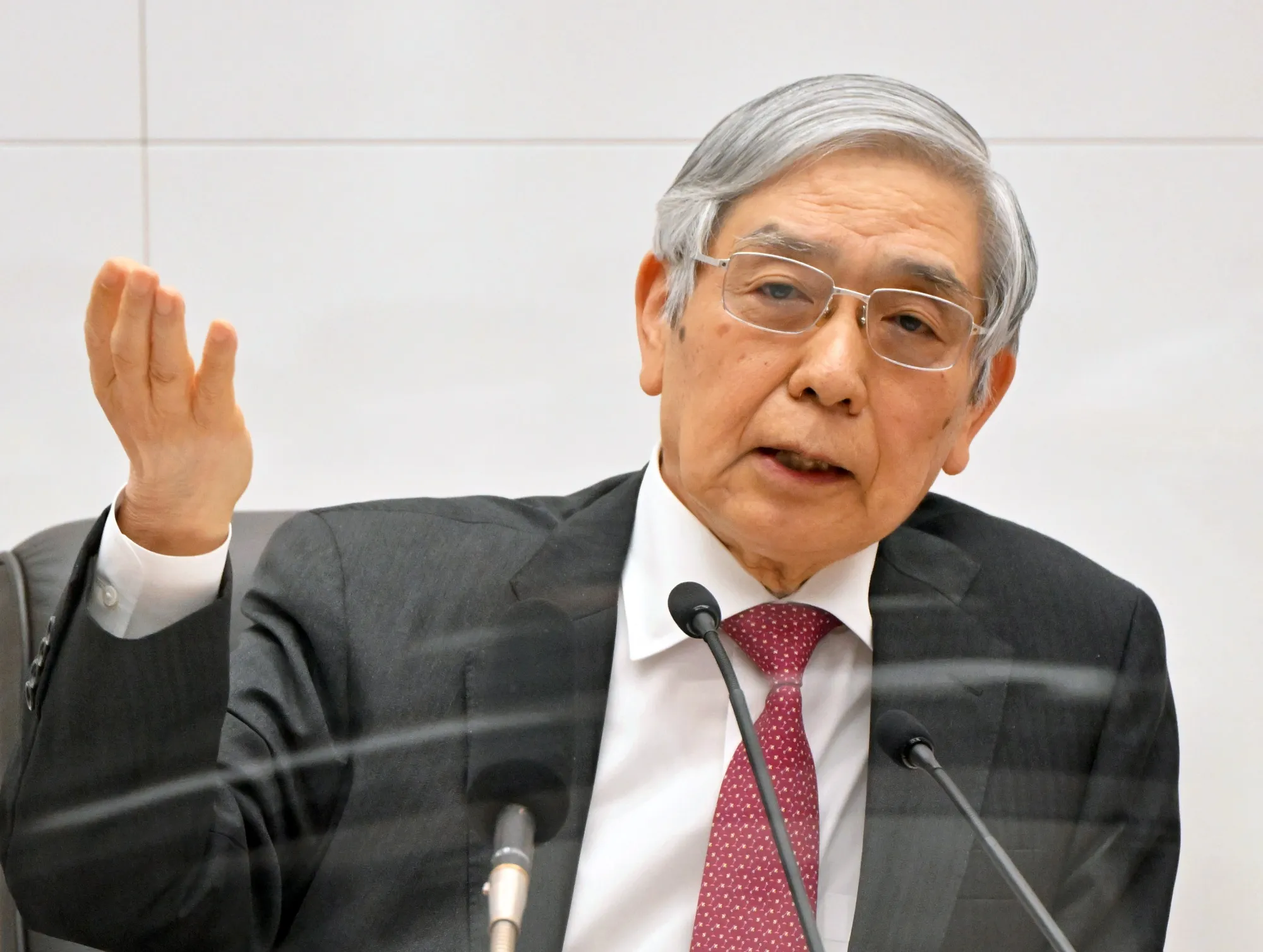Japanese central bank Governor Kazuo Ueda delivered a stark warning this Wednesday: the turbulence in super-long bond yields isn’t staying contained. He pointed out that significant swings in these longer maturities could ripple through to shorter-term debt, a reality markets are currently underpricing.

Photo source:www.bloomberg.com
This isn’t just academic chatter. Ueda’s team’s research clearly shows that movements in medium- and short-term rates have a much bigger impact on actual economic activity. Why? Because businesses and households rely far more on these shorter-duration debts.
However, dismissing the long end as irrelevant is a grave mistake. Ueda stressed the BoJ is watching closely for any spillover effects. The message is clear: volatility anywhere on the curve matters. This is a crucial point for investors, particularly those focused solely on the immediate policy signals.
Understanding Yield Curve Dynamics (Knowledge Deep Dive):
The yield curve, depicting bond yields across different maturities, is a fundamental indicator of economic expectations. A steeper curve generally suggests anticipated economic growth and inflation.
Conversely, an inverted yield curve – where short-term yields are higher than long-term yields – often signals an impending recession.
Long-end yields reflect expectations of future economic conditions and central bank policy. Volatility there can be indicative of uncertainty or a shift in market sentiment.
Ultimately, understanding how these different parts of the curve interact is essential for navigating the complexities of the fixed-income market and anticipating monetary policy shifts.






